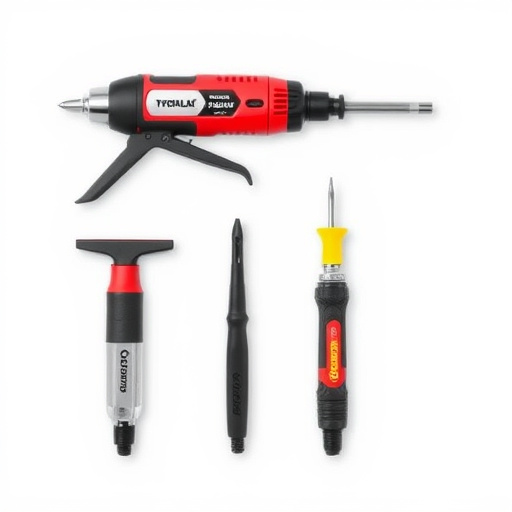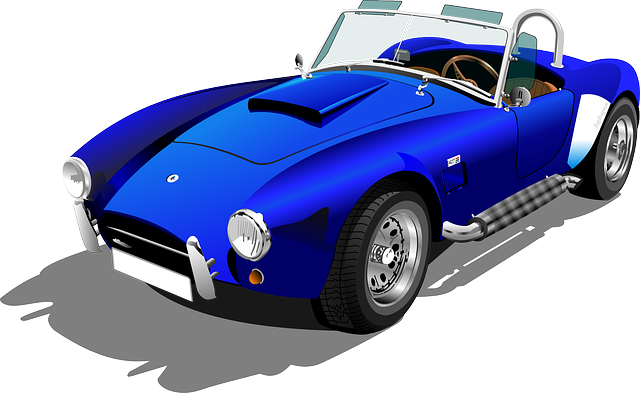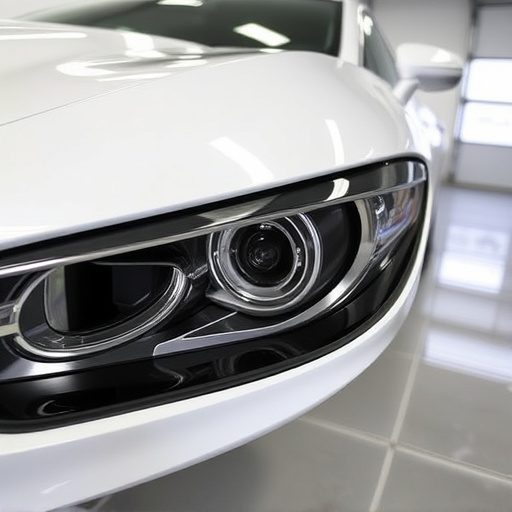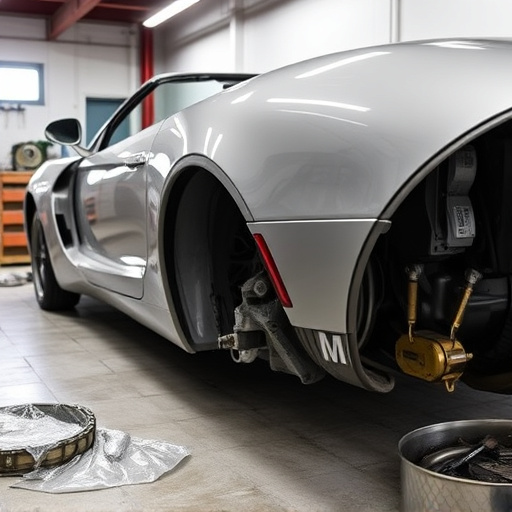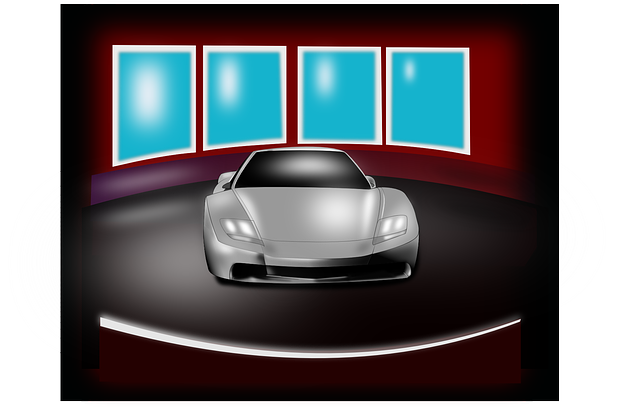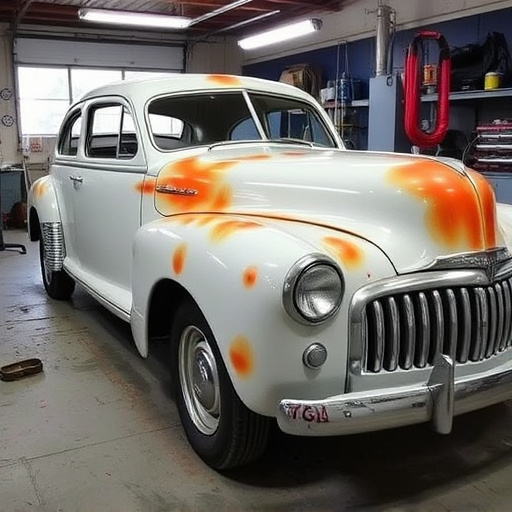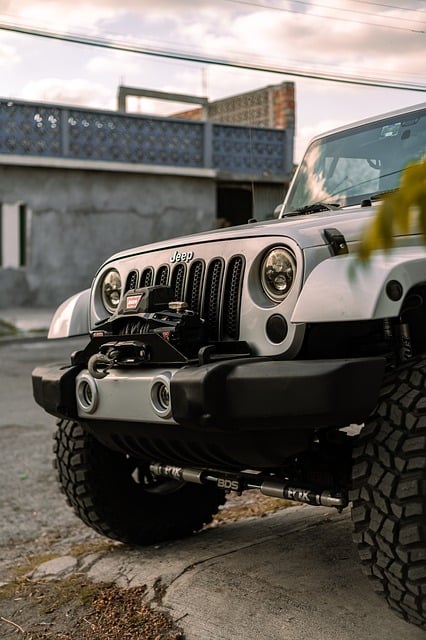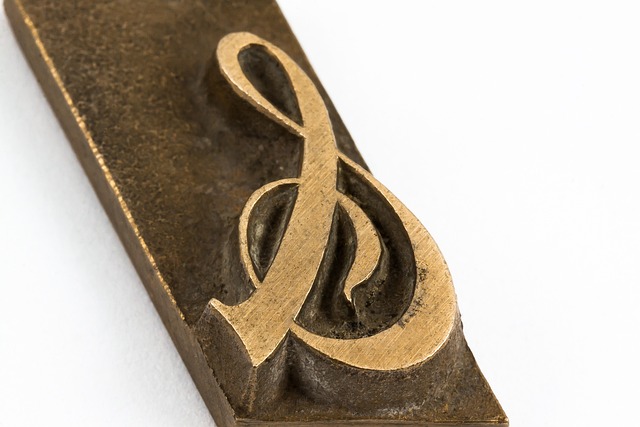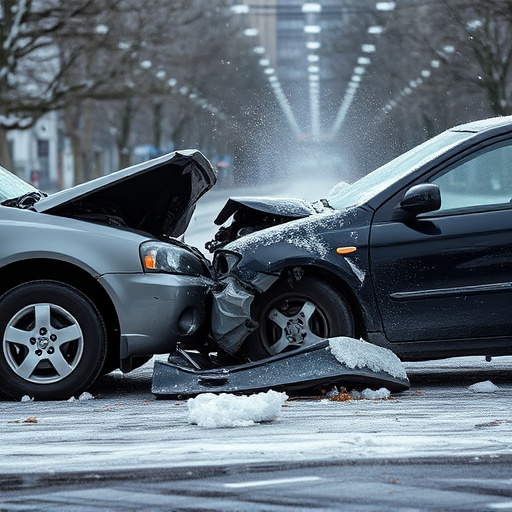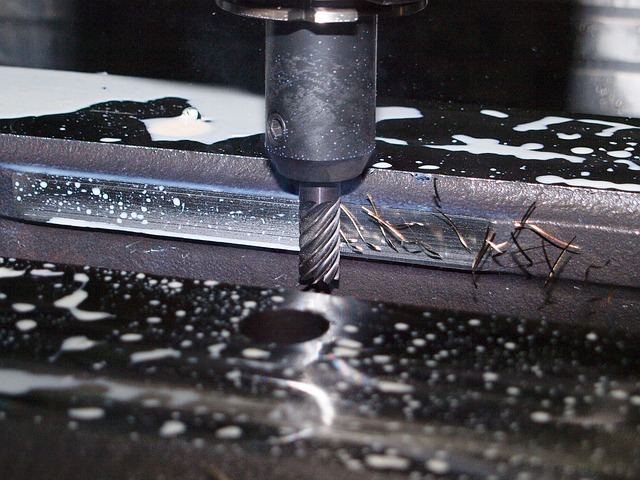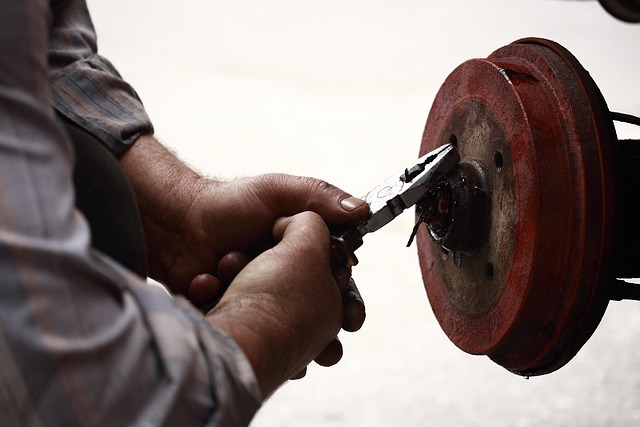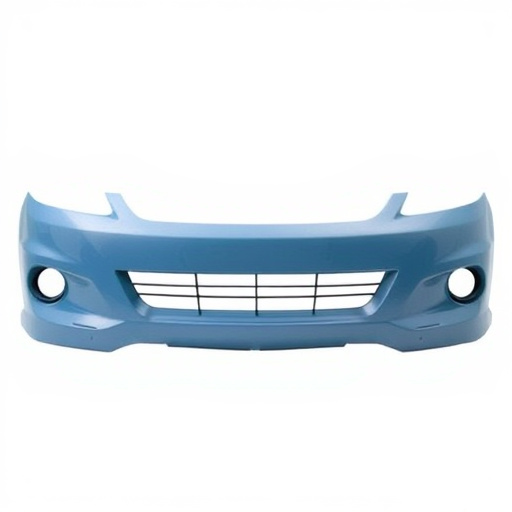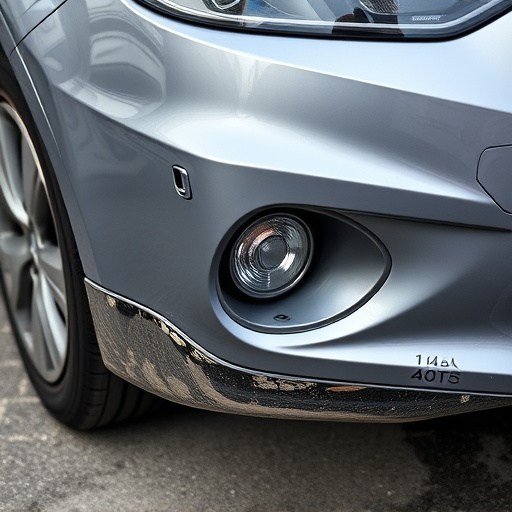Panel alignment procedures are vital in automotive collision repair, ensuring structural integrity, safety, and optimal vehicle performance. Optimizing these procedures through standardized protocols, advanced tools, automated painting systems, and computer-aided design software significantly reduces repair times without compromising quality. Regular training sessions and proficient use of specialized tools for precise adjustments enhance customer satisfaction and boost workshop productivity, ultimately benefiting both businesses and customers.
In today’s competitive landscape, efficient panel alignment procedures are pivotal for minimizing downtime and maximizing productivity. This comprehensive guide delves into the intricacies of panel alignment, offering a detailed understanding of best practices and optimization strategies. From identifying common misalignments to implementing time-saving techniques, we explore proven methods to enhance efficiency and reduce repair costs. By mastering panel alignment procedures, organizations can ensure seamless operations and stay ahead in their respective industries.
- Understanding Panel Alignment Procedures: A Comprehensive Guide
- Optimizing Repair Time Frames: Strategies for Efficiency and Cost-Effectiveness
- Best Practices for Streamlining Panel Alignment and Minimizing Downtime
Understanding Panel Alignment Procedures: A Comprehensive Guide
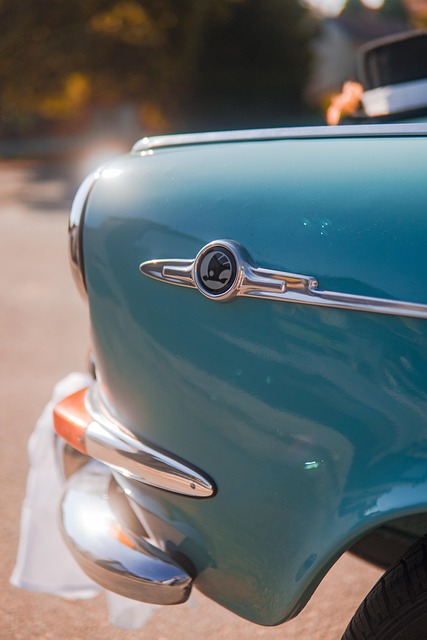
Understanding Panel Alignment Procedures is a crucial step in any automotive collision repair or vehicle restoration project. These procedures involve precise adjustments to ensure that all components of a car’s body are aligned correctly, restoring it to its original structural integrity. Auto maintenance professionals employ specialized equipment and tools to measure and adjust panels, ensuring they fit seamlessly together without gaps or misalignments.
Panel alignment is not just about aesthetics; it directly impacts the safety and performance of the vehicle. Accurate alignment procedures help in maintaining optimal tire wear, enhancing handling, and preventing future structural damage. By following comprehensive guides and utilizing modern technologies, automotive collision repair technicians can streamline their work, reduce repair time, and deliver high-quality results, making vehicle restoration a smoother and more efficient process.
Optimizing Repair Time Frames: Strategies for Efficiency and Cost-Effectiveness

In the realm of automotive repair, optimizing repair time frames is a strategic must for efficient operations and cost-effectiveness. Streamlining panel alignment procedures plays a pivotal role in achieving this goal. By implementing standardized protocols and utilizing advanced tools, auto dent repair specialists can significantly reduce turnaround times without compromising quality. This involves meticulous planning, ensuring that each step of the process—from assessment to final touch-ups—is systematically executed, minimizing delays caused by human error or equipment bottlenecks.
Moreover, integrating cutting-edge technology in car paint services enhances precision and speed. Automated painting systems and computer-aided design software enable technicians to work more efficiently, while also reducing material waste. This not only expedites the overall repair process but also contributes to a more sustainable automotive repair environment by minimizing resource consumption and environmental impact, making it a win-win for both businesses and customers alike.
Best Practices for Streamlining Panel Alignment and Minimizing Downtime
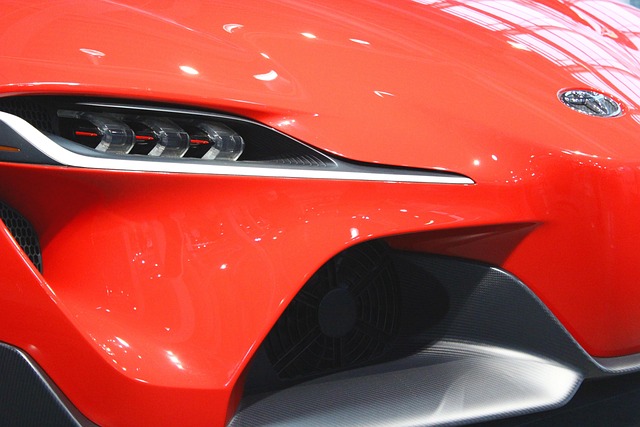
Implementing best practices for panel alignment is paramount to streamlining car paint services and minimizing downtime in vehicle bodywork repairs. Firstly, ensure your team is well-trained in the latest panel alignment procedures. This includes understanding the intricate details of each component and utilizing specialized tools designed for precision adjustments. Regular training sessions can keep skills sharp and up-to-date with evolving industry standards.
Additionally, establishing a systematic approach to panel alignment can significantly optimize repair time frames. Standardized protocols for different vehicle models and body types allow for quicker identification and correction of misalignments. Efficient workflows that incorporate these practices will result in faster turnaround times for car bodywork services, enhancing customer satisfaction while maximizing workshop productivity.
Panel alignment procedures play a pivotal role in optimizing repair time frames, ensuring efficiency, and minimizing downtime. By understanding the comprehensive guide to these processes and implementing best practices, organizations can streamline their operations and achieve cost-effectiveness. Adopting strategic strategies outlined in this article will empower teams to efficiently navigate panel alignment challenges, ultimately contributing to improved productivity and overall success.
